全站搜索
Search the entire website
Search the entire website
Basalt is very common stone with high hardness in aggregates industry. Benefit from its good physical and chemical properties, basalt is widely used in highway, railway and many other constructions.
Basalt is one very common stone for aggregates in quarry industry, and it’s also very important mineral in cement, GCC and some other industries. Due to its medium-soft hardness, the Basalt crushing plant are mainly constructed by jaw crusher, impact crusher, sand making machine and vibrating screen, etc. And the capacity of the Basalt crushing plant are usually between 50-1500 tons per hour.
Basalt is not like soft rock such as limestone. Basalt is very hard. It is also very rough. This makes it hard to break. It acts like sandpaper on machine parts. This causes a lot of wear. Basalt is one of the most difficult rocks for crushing machines. This means the parts that touch the rock wear out very quickly. Jaws, liners, plates, screens – they all wear fast when crushing basalt. This is a big challenge. You need machines that are built very strong. You need parts made of special materials. You also need to plan for changing worn parts often.
When you crush basalt, it puts a lot of stress on the machines. The crushing forces are high. The shaking is strong. Machines must be designed to handle this. Bearings, shafts, and frames must be extra strong. If machines are not strong enough, they will break down. This stops your plant. This costs you money. Dealing with basalt is different. You cannot use the same machines or plans you use for softer rocks. You need equipment made for hard, rough stone. You must think about how long the machines will last. You must think about the cost of new parts that wear out. This is a big part of the cost of crushing basalt.
Here is very common Basalt crushing plants for reference. They have been proven by practice in lots of quarries. And they have the advantages as the follows:
Not all crushers are good for basalt. You need machines built for hard rock. The first machine to break the biggest basalt rocks is usually a . A Jaw Crusher uses strong jaws to squeeze the rock. It is good at breaking large, hard lumps. You need a strong, heavy-duty Jaw Crusher for basalt. After the jaw crusher, you need a secondary crusher. For basalt, a Cone Crusher is often used. A Cone Crusher breaks rock by squeezing it between a cone and a liner. This is called “layer crushing”. It uses the rock itself to help break other rock. This is good for hard, abrasive rock like basalt. It causes less direct wear on the metal parts than hitting the rock hard.
Sometimes people use an Impact Crusher as a secondary crusher. Impact Crushers hit the rock with fast-moving bars or hammers. This makes a good rock shape. But for hard basalt, the bars wear out extremely fast. This costs a lot. For basalt, using a Cone Crusher after the Jaw Crusher is a common plan. If you need very fine rock or sand, you might need a third crusher. A VSI Sand Making Machine can make sand. A VSI crusher throws rock at high speed. The rock breaks itself or hits parts. For basalt sand, you need a VSI made for hard rock. It needs special wear parts. It is important to balance how hard you hit the rock (impact) and how you squeeze the rock (layer crushing). Too much hitting causes high wear. More squeezing is often better for basalt wear parts. Choosing the right mix of crushers is key.
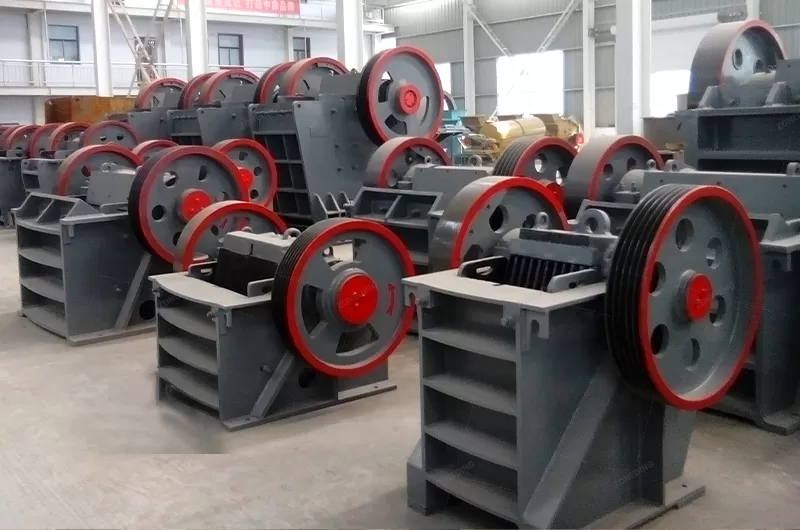
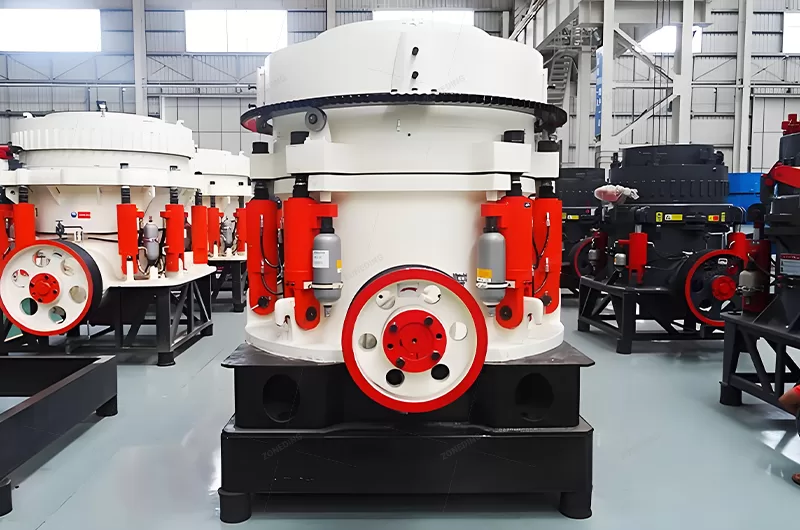
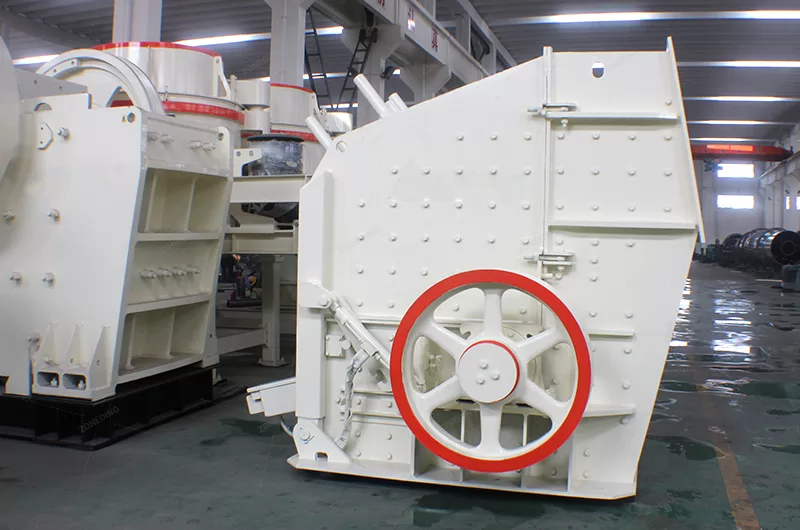
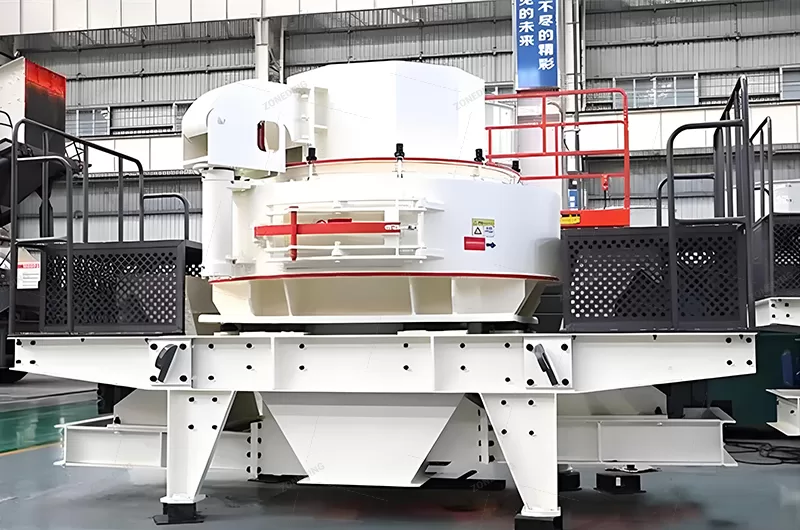
Picking the right crushers for basalt is maybe the most important step. If you pick wrong, the plant will not work well. It will cost too much to run. First, look at your raw basalt. How big are the rocks you dig up? This tells you what size first crusher you need. A bigger rock needs a bigger Jaw Crusher. How much crushed stone do you need to make every hour? This sets the size of all machines in the plant. Do you need 200 tons per hour or 800 tons per hour? Bigger output needs bigger or more machines. What size and shape of stone do you want to sell? This tells you what kind of second or third crusher and what screens you need. For example, making sand needs a VSI. Making stone for roads needs specific sizes and shapes.
You must test your basalt rock. Get samples. Send them to the machine company or a lab. Find out how hard the rock is. Find out how rough it is. This helps you pick the right crusher type and size. It helps you pick the right wear parts. For basalt, you often need machines that are bigger or stronger than you think. This is called “over-spec” sizing. Picking machines that are a bit bigger or stronger than needed for the minimum job helps them handle the hard basalt. It makes them last longer. It means they break down less often. It costs more at the start. But it saves a lot of money on repairs and lost time later. Do not buy machines that are just “big enough”. For basalt, they should be “more than enough”. Work with a company that has crushed basalt before. They know how to test your rock. They know what machines handle basalt well. They can help you plan the best setup for your stone.
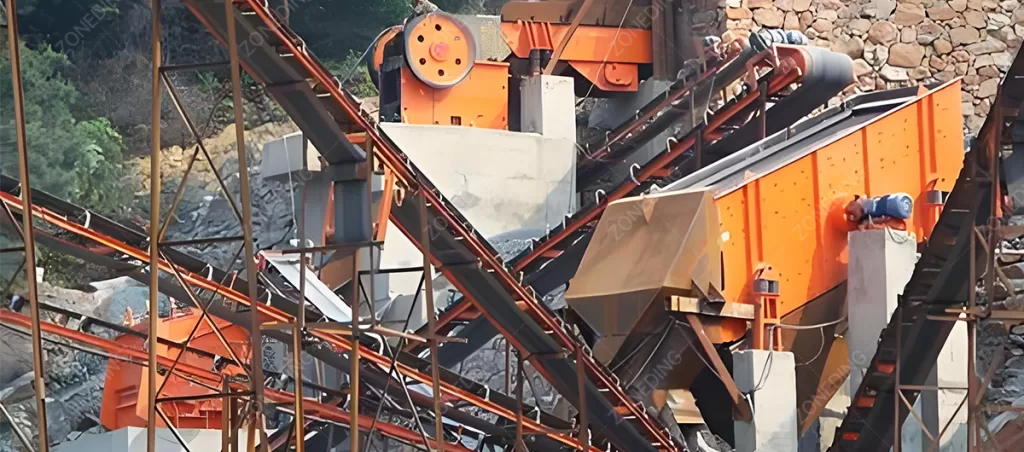
Wear is the biggest problem when crushing basalt. The parts that touch the rock wear away fast. This costs a lot of money for new parts. It also stops your plant while you change them. You cannot stop wear completely. But you can make it better. Using the right materials for wear parts is very important. Parts made of high manganese steel are often used. But for very high wear, special alloys or ceramics can be used. These cost more at first. But they last much longer. This means you change them less often. You stop the plant less often. Over time, they can cost less than cheaper parts that wear fast.
The shape of the wear parts also matters. How the jaw plates, cone liners, or impact bars are shaped can change how they wear. A good design makes the part wear evenly. It makes it last longer. It also helps make the right shape of crushed stone. A good supplier knows about these shapes. They have tested them with hard rock like basalt. Using the right crushing method also helps. Layer crushing in a Cone Crusher causes less direct metal wear than hitting rock hard in an impactor. In VSI crushers for basalt sand, you can choose a design where rock hits other rock more than metal. This is called “rock-on-rock” crushing. It makes wear parts last longer. You must plan for wear part cost. Get prices for the parts. Ask how long they will last on your specific basalt rock. This will be a main cost of running your plant.
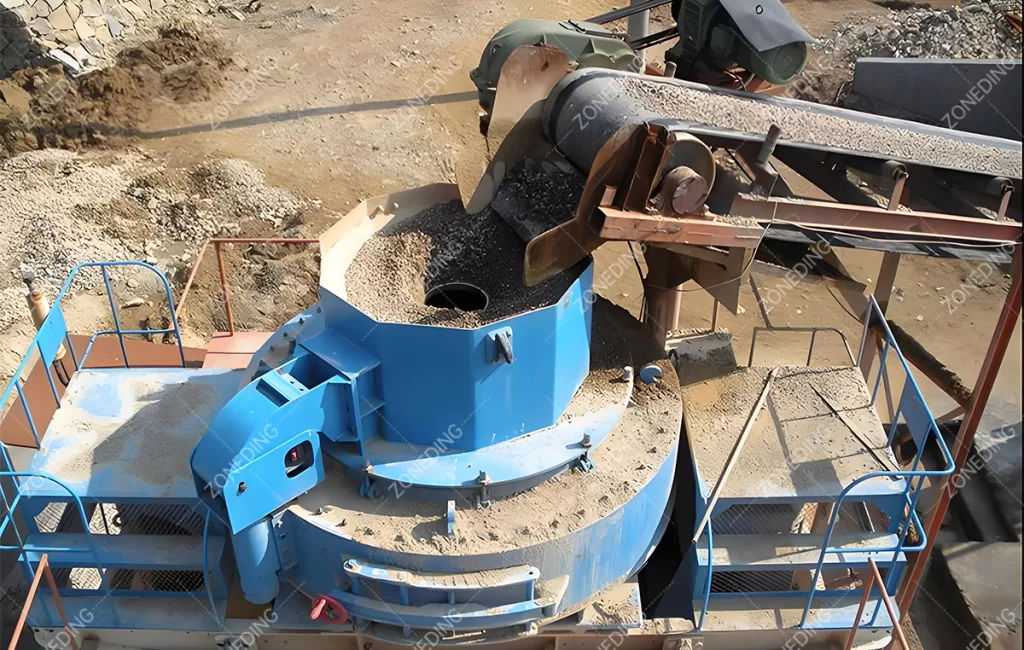
Planning the space for a basalt crushing plant needs extra thought. Basalt crushing makes strong vibrations. It also makes a lot of dust. The machines are often heavy. The concrete bases and steel structures must be very strong for a basalt plant. They need special designs to handle the shaking and the weight of the heavy-duty machines. A weak base can break over time. This damages the machines. It makes the plant unsafe. Put machines on strong concrete bases. Make sure the steel frames holding screens and conveyors are strong enough. Use good bolts to hold everything down.
The layout should also help rock flow smoothly. Basalt rock can sometimes be sticky if it is wet or has clay. This can cause blockages. Plan the angles of chutes (where rock slides down) to be steep. This helps the rock move. Put screens in the right places. Screens sort the rock by size. For basalt, screens should take out the finished sizes quickly. This stops these smaller pieces from going back into the crusher. Sending rock that is already small enough back into the crusher is bad. It wastes energy. It increases wear. It makes too much fine dust. This is where screening is very important for basalt. A good layout makes space for maintenance. Basalt machines need repairs and part changes often. Workers need easy and safe access to all parts of the machines. Leave space for cranes or lifts to change heavy wear parts like jaw plates or cone liners. A well-planned layout makes the plant work better, last longer, and be safer.
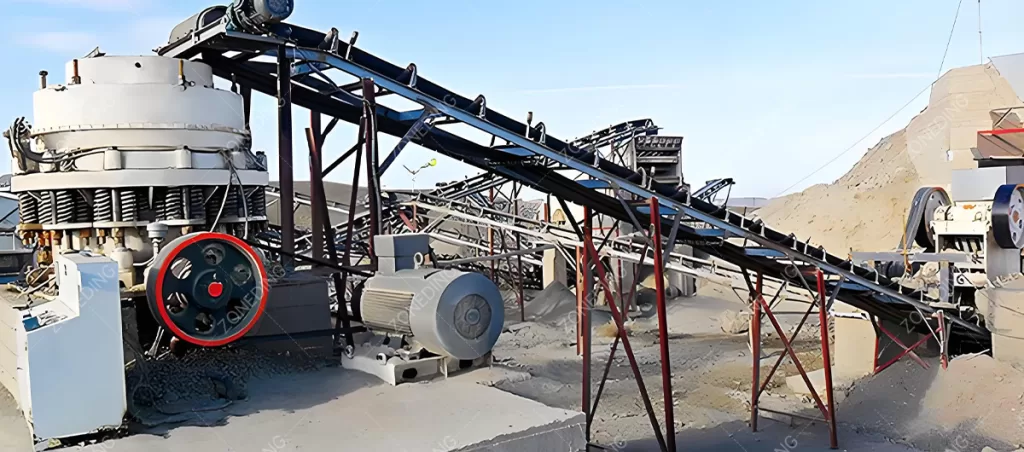
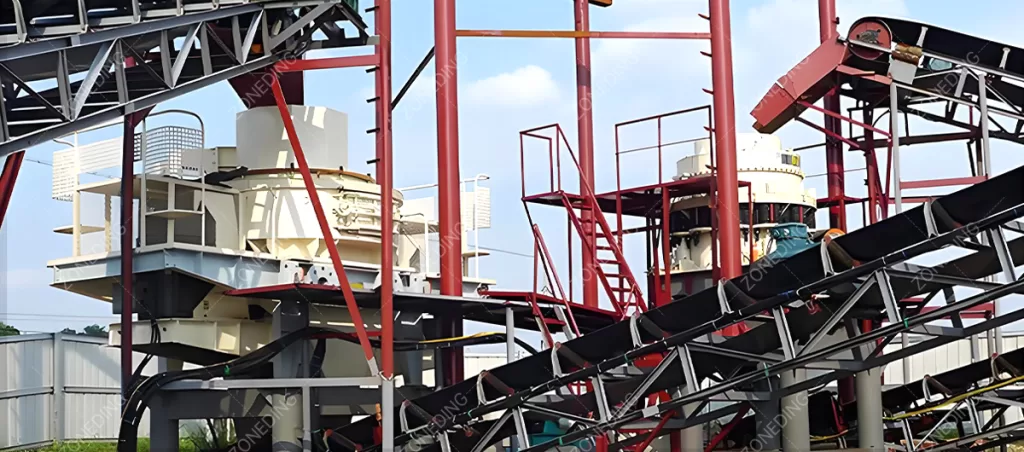
You want your basalt crushing plant to make rock without stopping. Every time the plant stops, you lose money. To make it run well, you must keep machines in good condition. Basalt machines need check-ups often. Wear parts must be watched closely. You need a good plan for maintenance. Change wear parts when they are worn, not when they break. A broken part can damage the machine badly. This causes long stops. Keeping spare parts ready is very important. For basalt, you will use many wear parts. You must have new ones ready to put in.
Smart systems can help a basalt plant run better. Sensors can watch how much rock is in the crusher. They can watch the power the motors use. They can see how fast parts are wearing. Computers can use this information. They can change the speed of the feeder automatically. This keeps the crusher working at its best. It stops the crusher from getting too full (which causes wear and can break things). It stops the crusher from being too empty (which is wasting time). Automation helps keep the rock flow steady. It can warn you when a part is wearing out before it breaks. This lets you plan the stop to change the part. For high-output basalt plants, using smart controls helps a lot. It makes the plant run with less stopping. It helps make more rock every hour. It also makes things safer for workers.
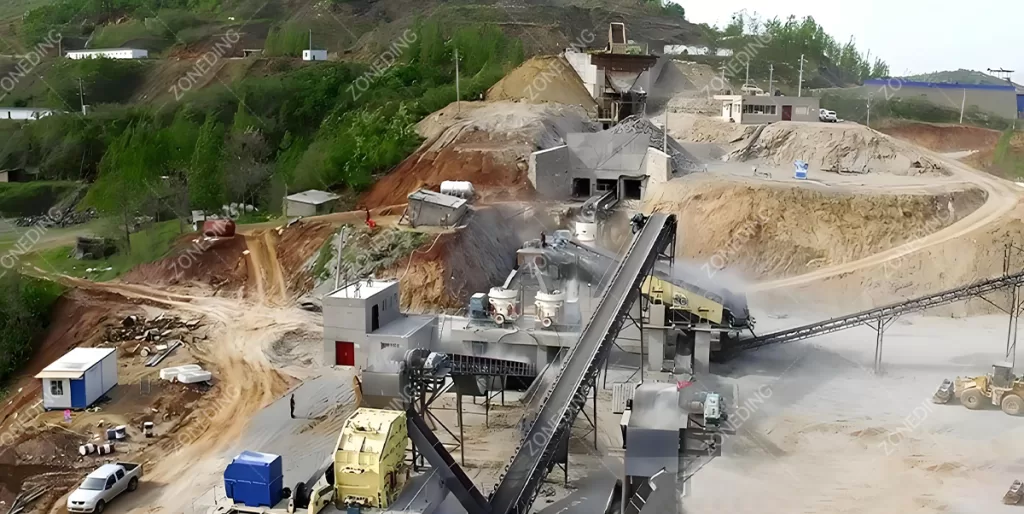
The price you pay for the machines is one cost. But it is not the only cost. For basalt crushing, the other costs are very high. The cost of new wear parts is a very big cost for a basalt plant. You will need to buy many jaw plates, cone liners, and other parts over the years. This cost can be much more than the price of the machines themselves over the plant’s life. Electricity costs are also high. Crushing hard basalt uses a lot of power. The motors are large. Running these large motors for many hours costs a lot of money for electricity.
The cost to build the strong bases and steel structures for a basalt plant is also higher than for softer rock. They need to be stronger to handle the shaking. The cost of workers is another cost. You need workers to run the plant. You need workers to do maintenance and change wear parts. Changing wear parts on basalt crushers can take time and need special tools. This adds to the cost. You also have costs for fuel for machines, oil, water for dust control, and government permits. When you look at the total cost of owning a basalt plant, you must add up the price to buy, the cost to build the site, and all the costs to run it for many years. The cost of wear parts and electricity will be the biggest parts of the running cost. Choosing machines that use less power and have wear parts that last longer saves you money over time, even if they cost more at the start.
Crushing basalt makes a lot of fine dust. This dust is not good for people or the environment. It can get everywhere. It can also hurt the machines. You must control dust in a basalt crushing plant. Using water is a common way to stop dust. You can spray water on the rock where it falls from one machine to the next. You can spray water on screens and conveyors. The water makes the dust heavy, and it falls down. But you must use water carefully. Too much water can make the rock sticky. This can cause blockages. You also need to manage the water that runs off. It will have rock dust in it. You need areas for the water to settle so the dust goes down.
Dust collector systems can also be used. These systems pull air through filters. They catch the dust. These are often used in areas with a lot of fine material, like near VSI crushers or fine screens. Putting walls or covers around parts of the plant helps keep dust in one area. Noise is another problem. Crushing machines are loud. Basalt crushing can be very noisy because the rock is hard. You must follow noise rules. This might mean putting machines inside buildings or using special covers to make them quieter. Planning the plant layout also helps. Putting the crushing area away from offices or homes helps reduce noise impact. Good dust and noise control keeps workers safe. It keeps the area clean. It helps you follow government rules. It is a necessary part of running a modern basalt crushing plant.
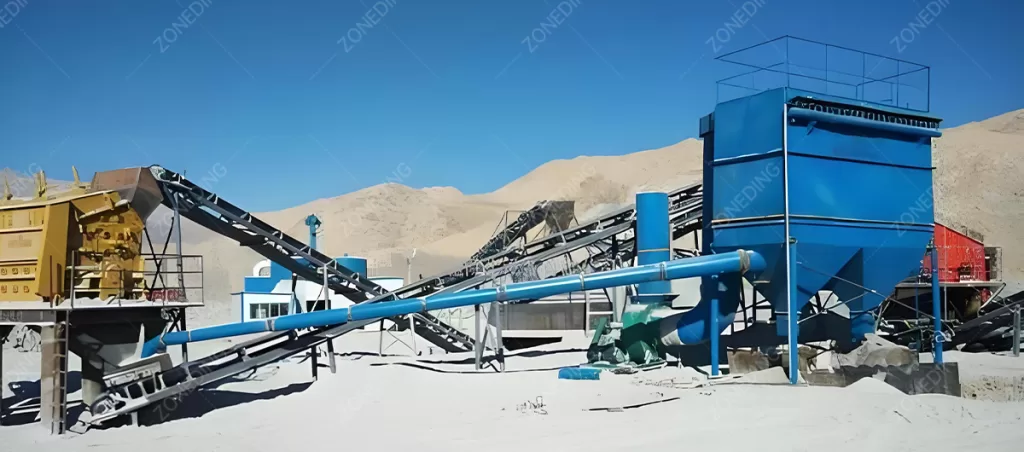
Choosing a company to buy your basalt crushers from is a very big choice. It affects how well your plant will work for many years. You need a company that knows about crushing basalt. Basalt is hard. Not all companies have good machines or enough experience with it. Look for a company that has built basalt crushing plants before. Ask them for examples. Talk to other people they have sold basalt crushers to. A good company will not just give you a price list. They will ask many questions about your rock. They will ask about your site. They will ask what you need the final stone for.
A very important thing is that the company should test your basalt rock samples. They need to see how hard and rough your specific rock is. This test helps them pick the right machines and the right wear parts for you. If a company does not test your rock, be careful. They may not know what you really need. Ask about the strength of their machines. Are they built for hard basalt? Ask about their wear parts. What materials do they use? How long do they last on basalt? How much do they cost? Ask about their service after you buy. Do they help put the machines in? Do they train your workers? Can you get spare parts easily? Do they help you fix problems? A good company provides a full solution. They help you plan. They build good machines. They help you after you buy. This is very important for working with challenging rock like basalt. We are ZONEDING MACHINE. We have experience with basalt. We test your rock. We make strong machines. We offer full support.
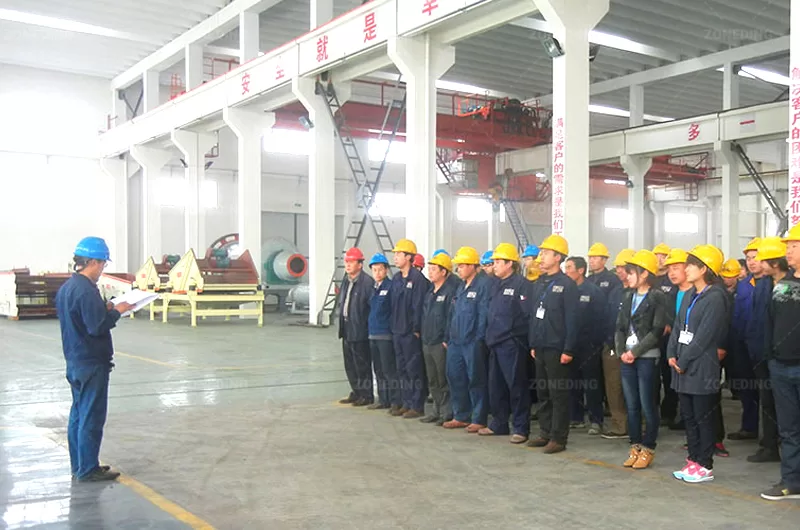
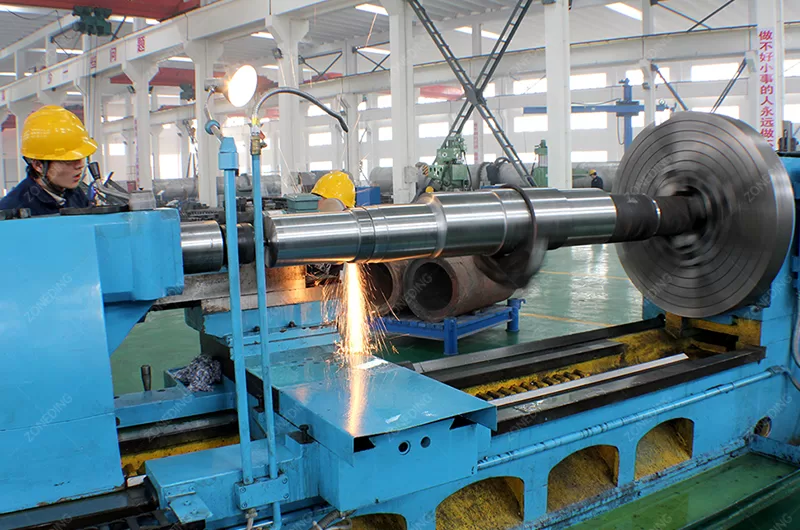
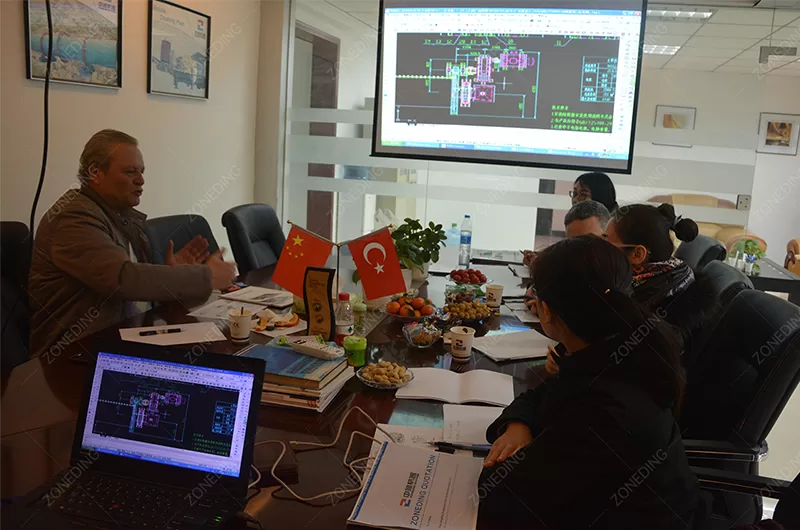
Q 1: How long do wear parts last in a basalt crusher?
A:It changes a lot. It depends on your specific basalt rock’s hardness and roughness. It also depends on the crusher type and size. For basalt, wear parts will last much less time than for softer rocks. A good supplier can give you an estimate (like tons of rock crushed per set of parts) after testing your rock samples.
Q 2: Can I reduce dust without using water?
A:Yes, you can use dust collector systems. These pull dusty air into filters. You can also design the plant layout to help. Putting covers on conveyors and screens can reduce dust escaping. But water is often needed, especially where the rock is actually broken inside the crusher.
Q 3: Are mobile crushers good for basalt?
A:Yes, mobile basalt crushers on wheels or tracks are made for hard rock. They are built strong. They are good if you need to move the crusher often, like in a large quarry or for different projects. A Mobile Jaw Crusher can go near the rock source. This saves moving raw basalt rock far.
Q 4: How is crushing basalt different from crushing granite?
A:Basalt and granite are both hard rocks. But their properties can be different. Some granites can be even more abrasive than some basalts, meaning wear parts might wear faster. The best machine setup depends on the specific rock properties, not just the name (basalt or granite). Testing the rock is always needed.
Q 5: How important is the foundation for a basalt crusher?
A:Very important. Basalt crushing causes strong shaking. The bases and steel structures must be designed to handle this vibration and the heavy weight of the machines. A weak foundation can lead to machine damage and breakdowns over time.